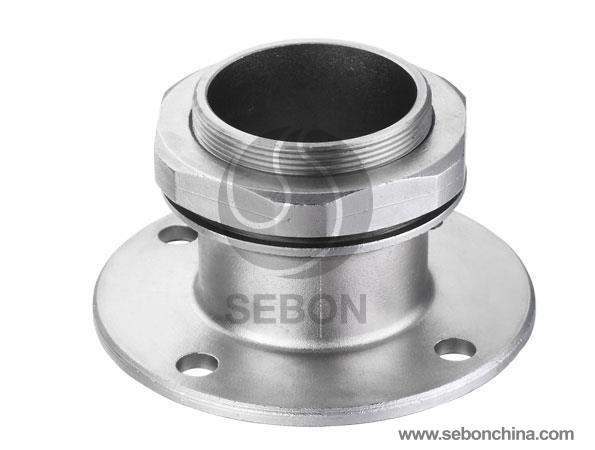
- [email protected]
- 0086-371-86560898

Contact us now for any need or questions about our company or product.

Commonly used surface hardening process
Process characteristics
Flame quenching
Using oxyacetylene heat surface to the quenching temperature (about 900 ~ 1000 ℃), spray cooling, or put parts into quenching tank. The depth of hardening layer 2 -- 6 mm, 40-48 HRC hardness. Such as bed, 2.5 ~ 3 m long, hardening depth 3 ~ 5 mm, deformation of 0.3 ~ 0.4 mm, after grinding can be eliminated. Simple, but difficult to control temperature, superheat after quenching deformation is big. Suitable for single piece or small batch production of master pieces.
Induction heating quenching
1. Medium frequency induction heating quenching used 2500 ~ 8000 hz frequency. The workpiece surface is rapid heating to the quenching temperature, the water spray or dipping, deeper hardening layer. About 3 ~ 5 mm of the hardening layer, > 50 HRC hardness. Adjust the anode current, frequency and heating time, can control the quenching temperature and depth. Stable quality, quenching deformation is small. Suitable for large, medium, small, etc.
Contact resistance heating self-cooling quenching
1. Carbon electrode manual 2 ~ 3 v secondary open-circuit voltage, short-circuit current 80 ~ 160 a, electrode contact end 1 ~ 2 was, movement speed by 2 ~ 3 / s, every circle diameter 3 ~ 5 mm. The depth of hardening layer 0.07 ~ 0.13 mm, more than 54 HRC hardness. 2. The copper roller machine operation team secondary open-circuit voltage (5 v, short-circuit current 500 ~ 600 a, 20 ~ 30 n roller and roller surface contact pressure, roller linear velocity 2 ~ 3 m/min. The depth of hardening layer (0.2 ~ 0.25 mm) more than 54 HRC hardness.
